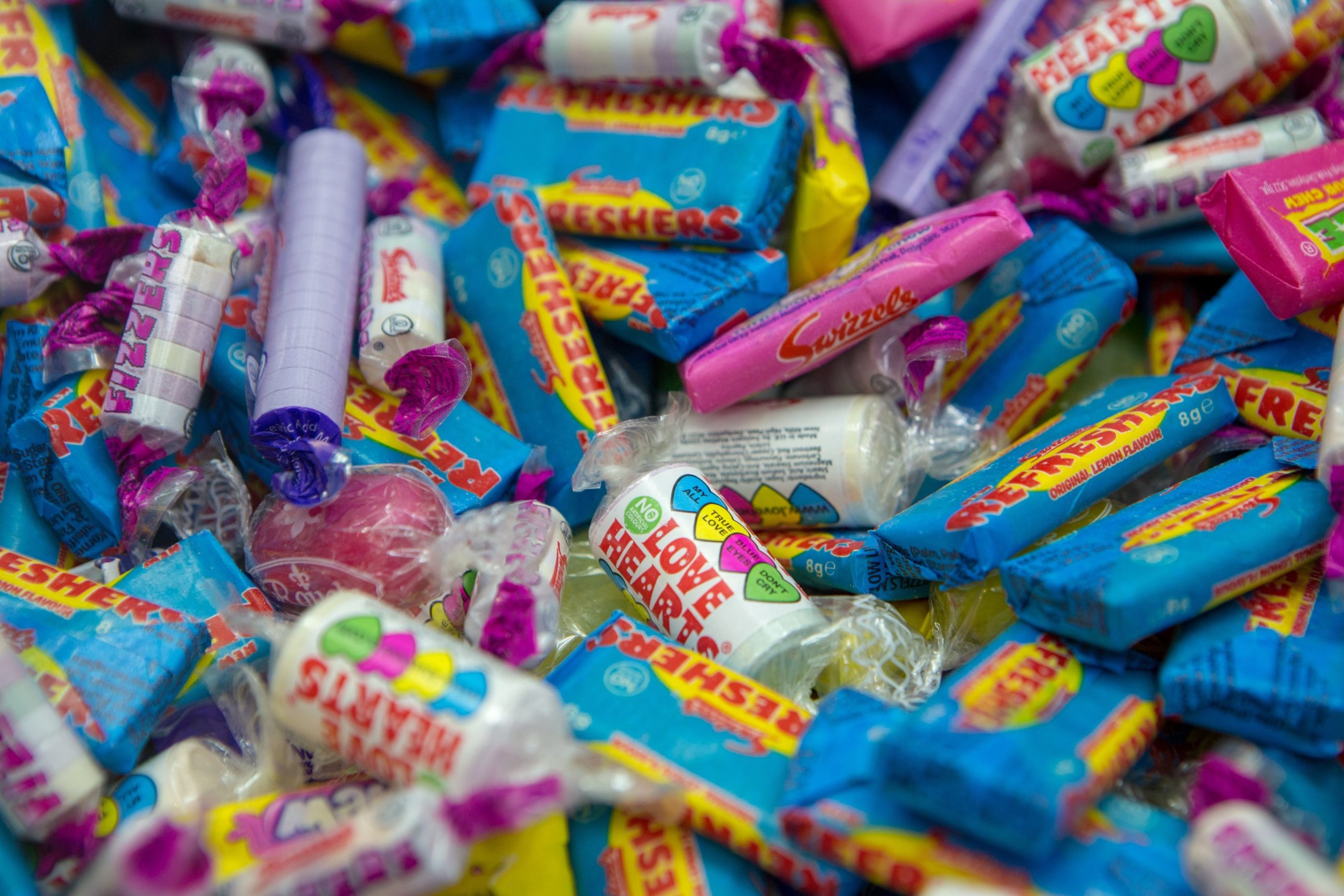
Stove Drying – Can You Improve Quality Control & Output Whilst Reducing Costs?
May 13, 2024
Stove drying is a key part of a lot of confectionary production lines. It’s the most effective way to dry foam and gelatine, creating better products that help you outpace your competitors.But it’s a tricky business, and you need quality dehumidifiers and temperature control to stay ahead.
The Importance of Stove Drying
If you use stove drying in your factory, ask yourself:
- What could be achieved by reducing the time of your stoving cycle?
- What if you could double production through the same oven footprint?
- What if the quality of your product improved at the same time?
- What if this all reduced the load off your starch drier?
- What if your production ran consistently and wasn’t affected by summer changes?
If you’ve been using the same systems for years, the answers to these questions might only appear in your dreams. But rest assured, Dehum can make them a reality.
 After 2 decades of providing dehumidification systems for the food and drink industry, we have developed a unique understanding of stove drying confectionery. We then put this experience into practice with our clients to fulfil these promises and deliver more.
After 2 decades of providing dehumidification systems for the food and drink industry, we have developed a unique understanding of stove drying confectionery. We then put this experience into practice with our clients to fulfil these promises and deliver more.
If you find yourself asking one or all of the questions we listed above, you’re not alone. It isn’t something you are doing wrong, your recipe hasn’t changed, your starch drier doesn’t have a fault, your suppliers haven’t changed their product, you just need a system that’s reliable and tailored to your needs.
What is Stove Drying?
Also known as oven drying in the confectionery world, stove drying is a gentle drying process where chemical changes occur within the sweets. It requires extensive knowledge and monitoring to get every element perfect.
There are four areas of accelerated drying to consider:
- Air Temperature
- Air Humidity
- Air Velocity
- Product moisture release and Equilibrium Relative Humidity (ERH)
Let’s talk about them in more detail.
Controlling Temperature in Stove Drying
Temperatures vary depending on what you are making, and if you get it wrong, the texture, consistency, and shape of the final product can be ruined.
For the best results, warm, dry air must be circulated at the correct temperature within the drying oven. This usually ranges between 38° for foam and around 60° for more solid sweets like wine gums.

If you are able to finely tune the conditions within your drying oven to specific requirements, you can maximise the efficiency of this process and maintain a uniform quality in your production. When you don’t need to constantly monitor and adjust the temperatures, you’ll see an immediate effect on your bottom line.
Air velocity is key too. If the air isn’t circulated well, the batch can dry at different rates, meaning some or all could be ruined. Controlling the air velocity in your stove drying systems guarantees consistency for every batch you make.
Controlling Humidity in Stove Drying
Getting the temperature spot on is only one part of stove drying; controlling humidity is just as, if not more, important.
In a standard oven, typically after the sweets themselves have been dried, the starch trays that they are moulded in would be at 10-13% moisture content, with a desired deposit moisture content between 6-7%. This high moisture load can create a bottleneck in the starch drier.
This is where humidity control within the ovens comes back into play, by controlling the moisture content within this environment, you can almost eliminate the requirement for a starch dryer altogether. This not only saves costs in the short term but will reduce your energy consumption too. If you are environmentally conscious, this can be a big step in the right direction.
Too much moisture absorption can cause a range of issues for confectionary. Sugars can break down at a much faster rate than expected, resulting in a loss of quality, stability, flavour, and shelf life whilst also causing them to stick to the insides of the wrappers.
The time of year can affect humidity levels in the air. Our systems can adapt to any weather or exterior temperature at the push of a button, meaning there will be no downtime on the factory floor.
Maximising Efficiency in Stove Drying
With heat and humidity affecting almost every facet of the sweet manufacturing process, it’s clear just how paramount it is to control and maintain the relative humidity and moisture levels within your own food production business.
By controlling temperature, humidity, and the air around your confectionery, you can preserve the quality of ingredients and your product. With our systems, you have more control over the conditions, and you can increase production capacity by removing elements of the process that slows you down.
After decades of research and practical application, we can say for certain that your food production time can be sped up by 50% or more. In such a competitive industry, can you afford to miss out?
For more information on how Dehum can help increase your speed of production, please visit https://www.dehum.com/applications/food-drink/ or call us on 01926 882 624.










